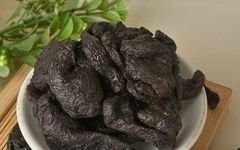Click the blue text above “Health Taiyuan Official WeChat” to subscribe
Shudi Huang (熟地黄)
1The Story of Shudi Huang
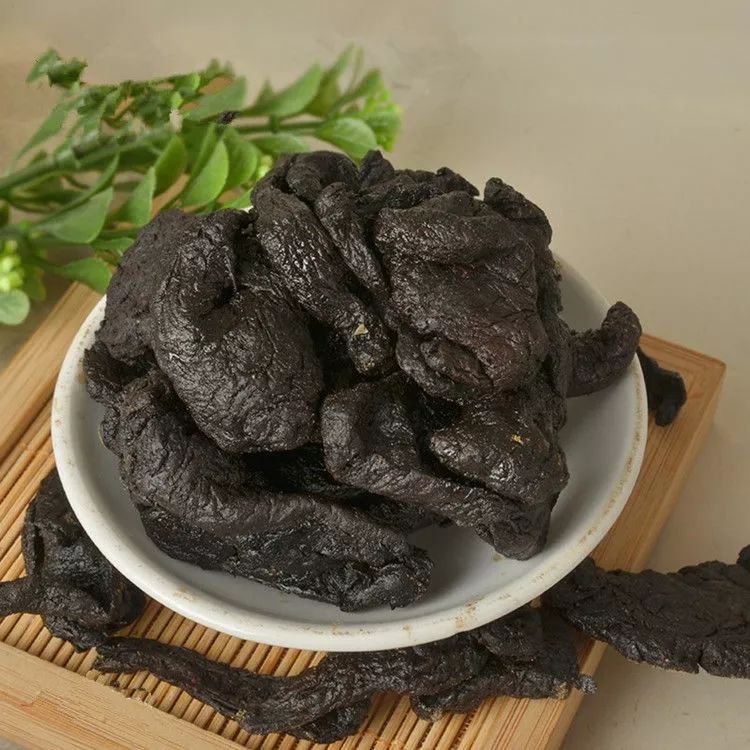
Shudi Huang, classified as a top-grade herb in the Shennong Bencao Jing, was elaborated by the Ming dynasty physician Li Shizhen in the Bencao Gangmu, where it is referred to as 芐 (hu), 芑 (qi), and 地髓. The Er Ya states: 芐 is Shudi Huang. Guo Pu mentions that it is called 芐 in Jiangdong. Luo Yuan states that the best quality is the one that is dense and heavy, hence the character is written with the radical for ‘down’.
To discuss Shudi Huang, one must mention the “King of Medicine,” Sun Simiao.
Legend has it that at the age of 101, Sun Simiao was still traveling extensively. One evening, he arrived at a small village by a river and saw an old man holding a dragonfly in his left hand and crying loudly while covering his backside with his right hand. Sun Simiao, noticing the old man was older than himself, approached to comfort him: “Why are you crying, old man?” The old man replied, “My grandfather hit me.” Sun Simiao was taken aback: “How old are you?” The old man said, “I just celebrated my 365th birthday, and because I was playing too much, I forgot to drink Shudi tea, so I got hit.” After saying this, he began to cry again. Sun Simiao, curious, asked, “Where is your grandfather?” The old man pointed: “The person lying at the door counting stars in a straw coat is him.” Sun Simiao walked over and saw a younger man lying on the straw coat, completely focused on counting stars, with a little girl beside him fanning away mosquitoes. Sun Simiao asked the girl: “Who are you fanning away mosquitoes for?” The girl replied: “This is my great-grandson, he has a bad temper and often hits children. Alas! How can one educate children like this? It’s all because my old grandfather spoils him.” Sun Simiao was even more curious: “Where is your grandfather?” The girl said: “He went to catch fish by the river.” Sun Simiao asked: “Can you tell me what Shudi tea is?” The girl replied: “It’s porridge made from Shudi Huang and rice. We use it in spring to harmonize the stomach and reduce fire, in summer to cool down and relieve irritability, in autumn to nourish yin and eliminate dryness, and in winter to tonify blood and dispel cold. We must eat a bowl every morning; today the naughty child forgot to drink it and got a beating, and rightly so!”
Sun Simiao was deeply moved; he originally thought he was quite old, but he realized there are always those older than oneself. He then asked the girl for a bag of Shudi Huang and, based on the characteristics of Shudi Huang and his lifelong learning, developed the processing technique of nine steams and nine sun-dryings. It is said that because he regularly consumed Shudi Huang, Sun Simiao lived for another forty years, passing away at over 140 years old without illness. According to the Old Book of Tang, after his death, “more than a month later, his appearance remained unchanged, and his body was as light as an empty garment, which astonished people.” This may be related to his long practice of Qigong and the consumption of Shudi Huang and other herbs, which caused certain special changes in his body’s metabolism! Later, the Ming dynasty’s Li Shizhen included the “nine steams and nine sun-dryings method” in the Bencao Gangmu.
2Origin of Shudi Huang
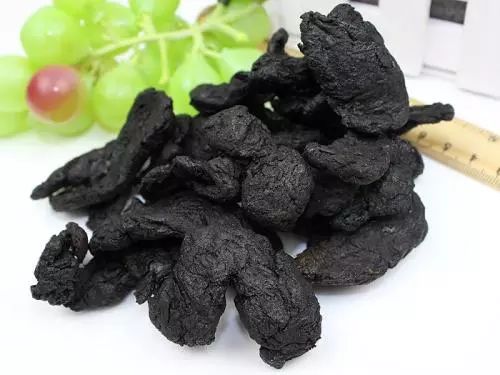
Shudi Huang is the fresh or dried tuber of the plant Rehmannia glutinosa, processed through specific methods. The preparation method involves taking raw Rehmannia, stewing it with wine until the wine is absorbed, then removing it, drying it until the outer skin’s mucilage is slightly dry, cutting it into thick slices or blocks, and then drying it; or steaming it with wine until it becomes black and shiny, removing it, drying it to about 80% dry, cutting it into thick slices or blocks, and then drying it.
This product has a slight aroma and a sweet taste. The best quality is characterized by large, thick slices, a black cross-section, and a sweet taste.
3Pharmacological Effects of Shudi Huang
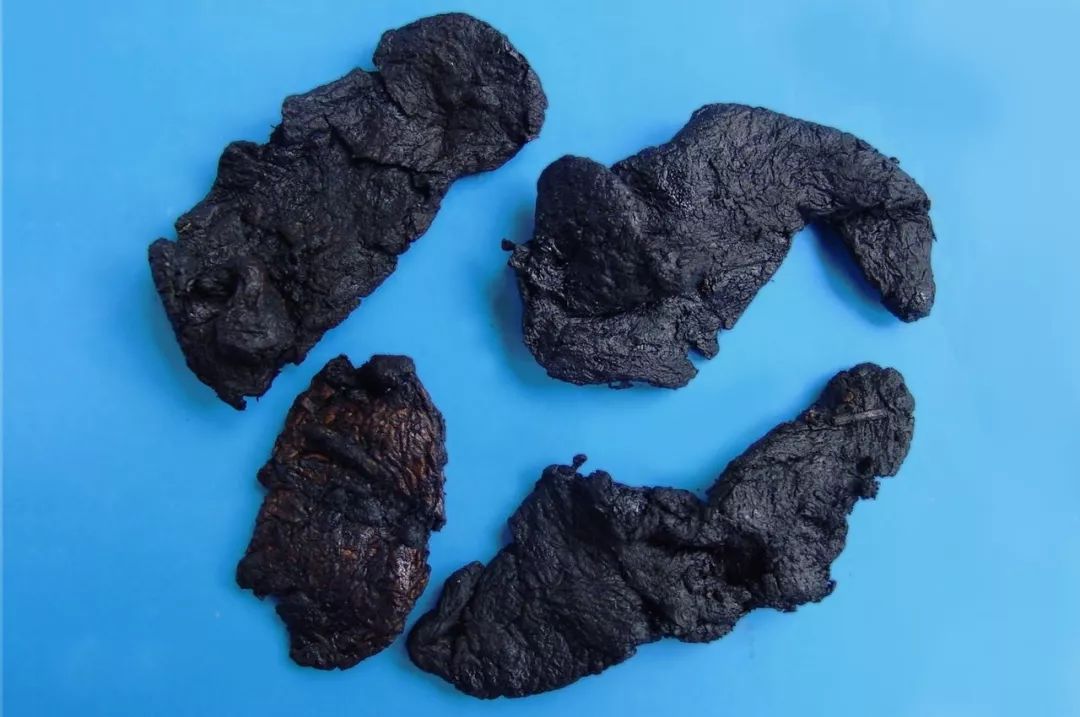
According to the Bencao Fengyuan: Shudi Huang, through the power of fire, transforms bitterness into sweetness, representing the yang within yin, thus it can tonify the kidney’s original qi. It must be steamed and dried multiple times; if only boiled without steaming or sun-drying, it will not be beneficial. For lower abdominal abscesses, which belong to kidney essence damage; soreness in the shins and thighs, which is due to insufficient lower source; and if the eyes cannot see, it is due to water deficiency that cannot discern objects, all these are diseases governed by the kidneys, and only Shudi Huang can resolve them.
Famous physician Zhang Yuansu stated: It tonifies blood and qi, nourishes kidney water, benefits true yin, alleviates lower abdominal pain, and relieves soreness in the shins and thighs after illness. Raw Rehmannia is very cold and cools the blood; for those with blood heat, it must be used; cooked Rehmannia is slightly warm and tonifies the kidneys; for those with blood deficiency, it must be used. Also, lower abdominal pain belongs to the kidney channel, and only Shudi Huang can alleviate it; it is a medicine that opens the kidneys.
According to the Bencao Gangmu: It fills the bone marrow, promotes muscle growth, generates essence and blood, tonifies the five organs’ internal injuries, opens the blood vessels, benefits the ears and eyes, and darkens the hair. It is used for men suffering from five labors and seven injuries, women with uterine bleeding, irregular menstruation, and various diseases during pregnancy and childbirth.
Properties and flavor: Sweet, slightly warm. It enters the liver and kidney channels.
Effects: Tonifies blood, nourishes yin, benefits essence, and fills the marrow.
Mainly used for blood deficiency, sallow complexion, palpitations, irregular menstruation, excessive bleeding; liver and kidney yin deficiency, soreness in the lower back and knees, tidal fever, night sweats, seminal emission, internal heat and thirst; liver and kidney insufficiency, essence and blood deficiency, dizziness, tinnitus, and premature graying of hair.
4Contraindications of Shudi Huang
This product has a sticky nature, which can hinder digestion. Those with qi stagnation and phlegm accumulation, excessive dampness, and poor appetite should avoid it. If used in excess for a long time, it is advisable to combine it with Chen Pi (dried tangerine peel) or Sha Ren (amomum fruit) to prevent it from being too cloying and burdening the stomach.
5Distinguishing Fresh, Raw, and Cooked Rehmannia
Fresh Rehmannia, raw Rehmannia, and cooked Rehmannia can all nourish yin and generate fluids, treating symptoms of yin deficiency and fluid loss. The differences are: Fresh Rehmannia is sweet and bitter, very cold, although its nourishing power is weaker, it has less cloying nature and is better at clearing heat and cooling blood, generating fluids and quenching thirst, often used for blood heat and yin deficiency with strong heat evil; Raw Rehmannia is sweet and cold, moistening, its ability to clear heat and cool blood is slightly inferior to fresh Rehmannia, but it is stronger in nourishing yin and generating fluids, with less cloying nature, better for treating heat entering the blood and yin deficiency with fever; Cooked Rehmannia is sweet and slightly warm, with a greater cloying nature, entering the liver and kidney, specializing in tonifying blood and nourishing yin, filling essence and marrow, better for treating blood deficiency and liver and kidney deficiency.
6Who Should Avoid Shudi Huang
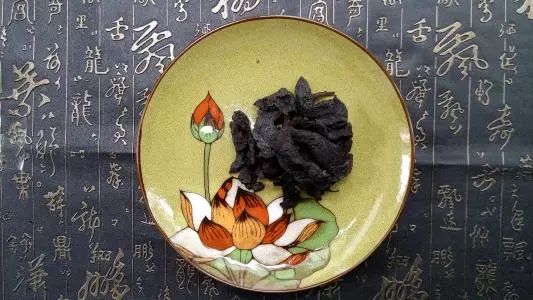
1. Those with Spleen and Stomach Deficiency
Individuals with symptoms of abdominal distension, lack of appetite, pale complexion, and loose stools or diarrhea should avoid Shudi Huang, as its sticky quality can hinder digestion, and taking it will increase the burden on the spleen and stomach, worsening existing symptoms.
2. Those with Qi Stagnation and Phlegm Accumulation
Individuals with localized swelling, chest tightness, and rib-side pain, with a slippery pulse, should avoid Shudi Huang, as its cloying nature is difficult to digest, and taking it will exacerbate phlegm-damp symptoms, leading to increased discomfort.
3. Those with Loose Stools or Diarrhea
Individuals with loose stools or diarrhea should avoid Shudi Huang, as its sticky quality will further hinder the spleen and stomach’s function, worsening loose stools or diarrhea symptoms.
4. Patients with Colds
Traditional Chinese Medicine believes that during a cold, one should not take tonics, and Shudi Huang is a nourishing herb. Taking it during a cold may cause evil qi to remain in the body, worsening cold symptoms or prolonging the duration of the cold.
7Dietary Therapy and Health Precautions with Shudi Huang
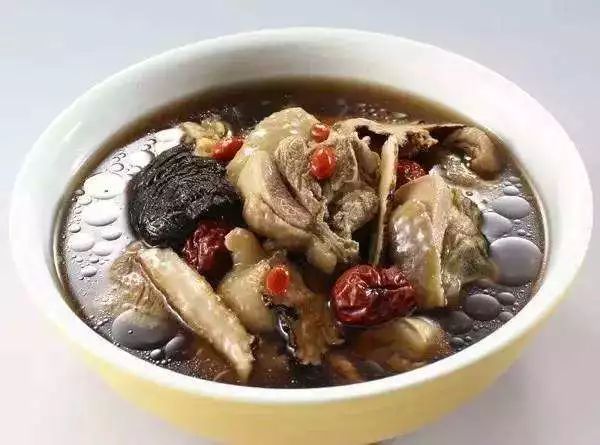
Shudi Huang and Angelica Sinensis Chicken Stew
Ingredients: 1 chicken, 25g Shudi Huang, 15g Angelica Sinensis, 10g Chuanxiong (Szechuan lovage), 10g Bai Shao (White Peony), and appropriate amount of salt.
1. Clean the chicken and cut it into pieces;
2. Place the chicken and herbs into a stew pot;
3. Add about 1000ml of water;
4. Bring to a boil over high heat, then simmer on low heat for about 40 minutes;
5. Add salt to taste before serving.
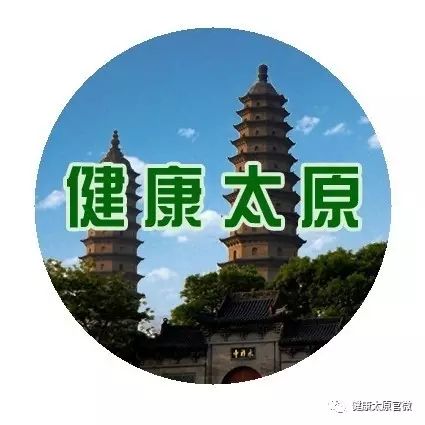
(Follow “Health Taiyuan” WeChat for exciting news)
Source: Taiyuan Municipal Health and Family Planning Commission


